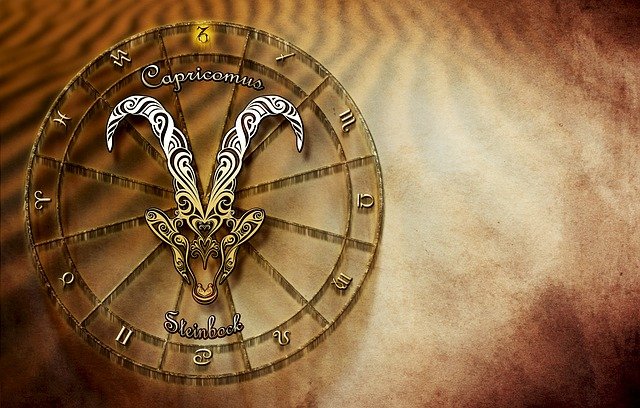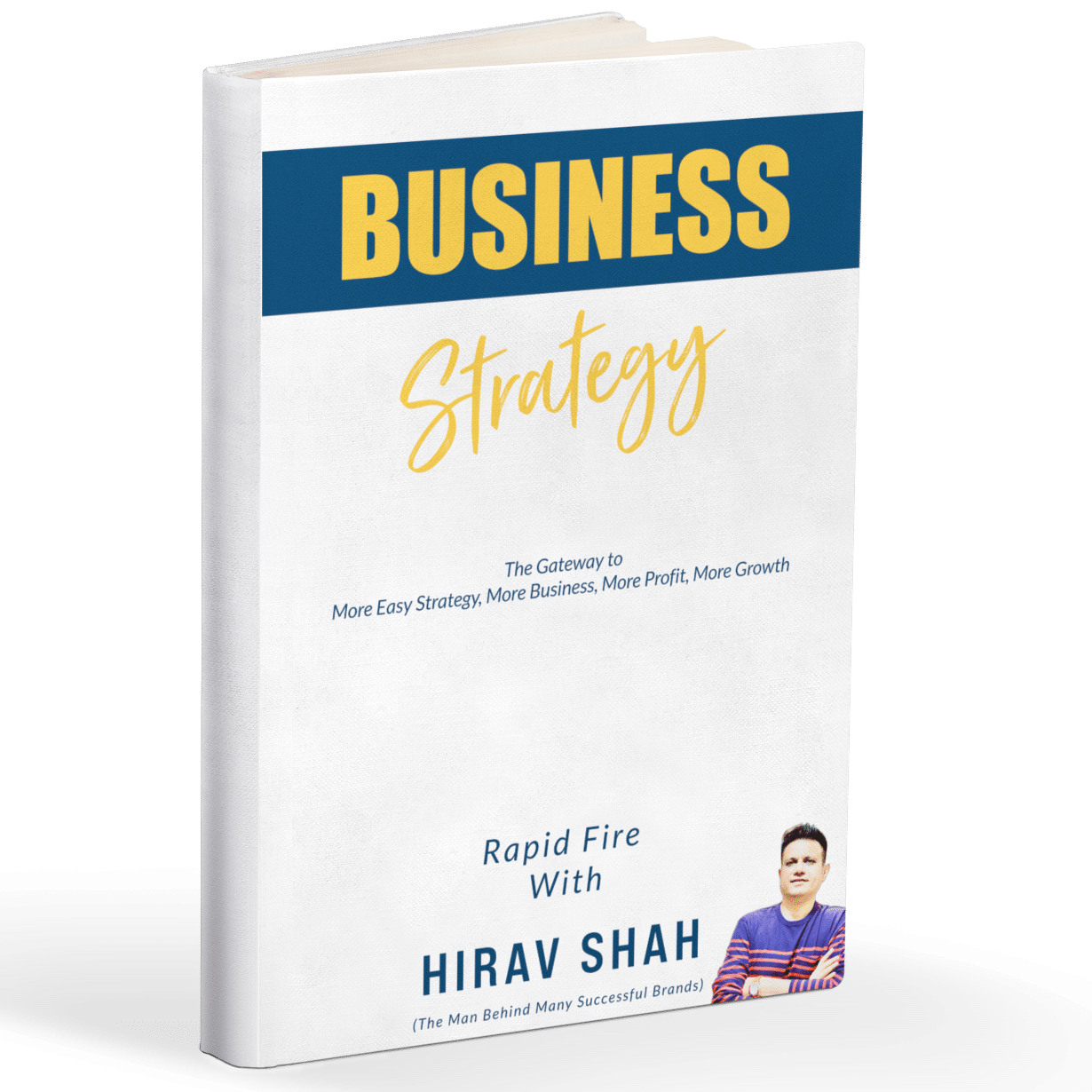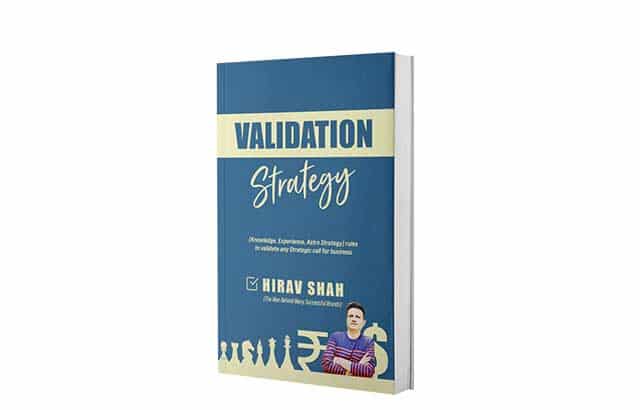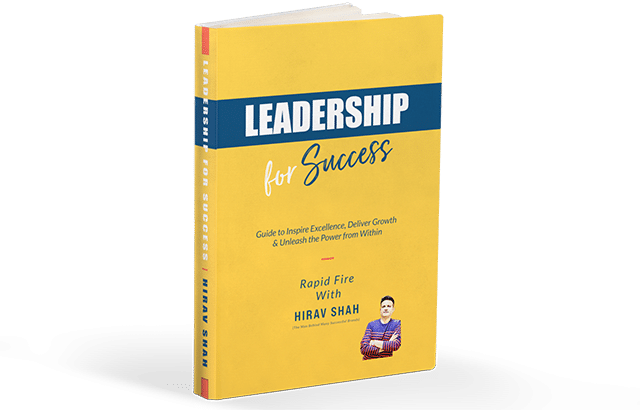There are some boys who don’t want to look presentable. Some boys don’t even want to look groomed. There are even girls who hate barbies or don’t want to look like them.
Dressing is just a form of comfort for these folks. These folks refuse to accept it as a luxury form. Instead of clothes, they would rather spend their money on other stuff like food, vacations, and movies.

Sometimes girls carry clothes which, as per them, looks trendy but in reality looks very weird and doesn’t suit them at all. They may be referred to as old-fashioned or outdated. Because someone on the spectrum, who is low-maintenance, is a fashionista’s polar opposite.
Here Business Astrologer™ and Astro-Strategist Hirav Shah brings you zodiac signs, which have a “not so good” fashion sense.
Table of Contents
Zodiac Signs with “Not so good” fashion sense
1. Capricorn
(10th sign of the zodiac, period from December 22 to about January 19)
Capricorns are stylish and sophisticated. For fashion, they will never, however, sacrifice comfort for. Their closet would be full with simple basics, clean-cut solid pieces and functional clothing.

Because they are always preoccupied with work and future goals, they rarely have time to invest their energies in a meaningful fashion.
2. Sagittarius
(9th sign of the zodiac, period from November 22 to about December 21)
They are almost disinterested in fashion. They only put forth the effort to look good and dress well, if it is worth the rut. Only then and not otherwise.

Their clothing is mostly casual in style and has no particular pattern. They hardly venture outside their comfort zone. They have no damn desire to create the wardrobe of their dreams.
3. Gemini
(3rd sign of the zodiac, period from May 21 to about June 21)
Fashion and Gemini don’t like each other. They just don’t like fashion. They are not a sign that is preoccupied with only “appearances”. It makes no difference what they wear as long as they are wearing the bare minimal comfortable stuff!
With every outfit, they’re accustomed to wearing just one pair of their favorite sneakers. And makeup hardly excites them. Of half of the items, they literally fail to understand the significance.
4. Virgo
(6th sign of the zodiac, period from August 23 to about September 22)
The least fashionable is the zodiac sign Virgo. They’re the kind of natives who dress in the dark! They don’t want to keep up with the latest trends, and it shows most of the time!

They, being an earth sign, have an inclination for very earth-toned, tailored pieces, which are minimalistic in look and feel.
Furthermore, they don’t like experimenting with looks and their style, and they never fall for any damn trends, let alone flashy ones.
The Bottom-line

As always inspiring, elegant, and magical, it’s easy to romanticize past decades’ fashion but a poor fashion for these zodiac signs has existed since time immemorial.
Frequently Asked Questions
Which zodiac is fashionable?
LEO. Leos adore being the center of attention, and what better way to steal the show ? Yes, then by wearing an extravagant outfit? In a nutshell, individuals born between July 23 and August 22 are not afraid to wear statement pieces !!
Which zodiac sign is most likely to be a fashion designer?
Taurus. They’re a reliable zodiac sign, and totally attuned to fashion! Hence, it’s Taureans.
Are Libras good with fashion sense?
While it may take them a few attempts to perfect their dressing, Libras have an eye for art and in the end, get their look just perfect. They are thoughtful when getting ready in the morning, a reason why they receive so much adulation throughout their days.















